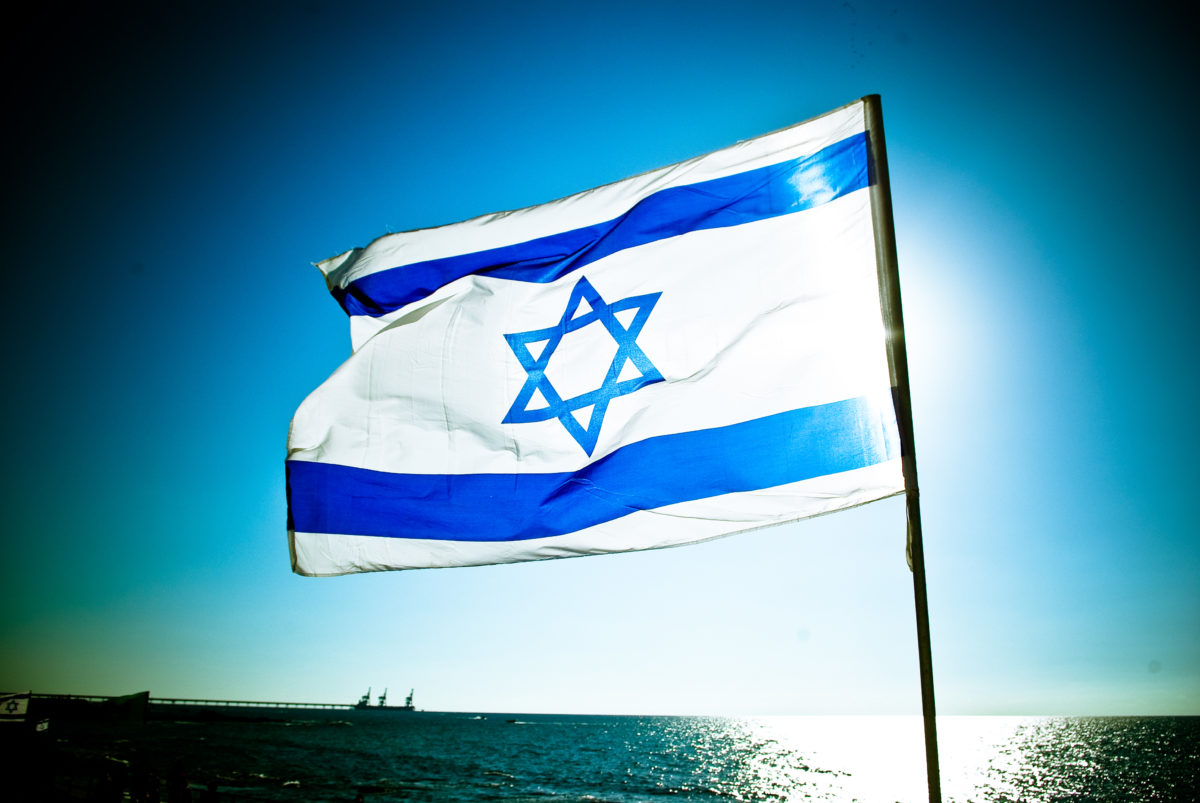pv magazine is beginning the new year with a look at emerging solar markets. In the third of the series, Ilias Tsagas looks at whether Israel can fulfill its enormous PV potential to become the true solar leader in the Middle East.
Israel has installed the largest solar PV capacity in the Middle East with approximately 600 MW. Of that, 250 MW belongs to the residential (up to 15 kW) and commercial (up to 50 kW) sectors, with the rest in the medium utility-scale segment (up to 12 MW) and one large-scale plant 38.5 MW.
In 2014, the country added about 200 MW to 250 MW of new PV capacity, of which the majority came from medium utility-scale plants.
Approval to build additional photovoltaic capacity, around 500 MW, has also been granted to developers via two major remunerations schemes: The feed-in tariff (FIT) program and the land tenders scheme. The FIT scheme, though, has changed many times since its introduction in 2008, with the Israeli government making it clear it wants to move towards a model of competitive tenders in which the lowest FIT tendered will be getting a license to build the plant. Therefore, projects that haven't locked a FIT yet will most possibly need to compete for the lowest FIT via tenders.
Finally, net-metering, which is also in place in Israel, is becoming pleasantly popular among Israeli businesses, which have installed the first 20 MW of the scheme. The net-metering program, however, is being capped at 400 MW in total. Eitan Parnass, founder and chairman of Israel's Green Energy Association, told pv magazine that the Israeli Public Utilities Authority (PUA) is expected to publish soon a new net-metering regulation for private households, which he said was due to come into force in March.
These data are encouraging but not ensuring at all given that renewable energy provides Israel only 1% of the country's electricity.
2015: a turning point?
Amazingly, for solar PV, the turning point to a more optimistic future came in October 2014, when the Israeli government decided to divert 520 MW of quotas for 2020 covering various types of renewable energy to the photovoltaic technology. Until then, the industry was worried that after the development of its current FIT and land tender quotas, it would be left with only net-metering in place to support it.
The transfer of 520 MW of quotas to solar PV — which took a couple of years to decide and several attempts to succeed — put other types of renewable power in the shade, hinting that photovoltaic will dominate Israel's renewable energy landscape.
But is the quota transfer alone enough? Most significantly, the government hasn't clarified yet which remuneration mechanism it will use to develop the 520 MW of new quotas. Again, “most possibly the answer is that the subsidy scheme will be based on competitive tenders where the lowest feed-in tariff tendered will get a license to build the plant,” Parnass told pv magazine.
Competitive tenders should not be viewed negatively. The drop in photovoltaic technology prices continue to take developers by surprise, and given Israel's excellent solar irradiation, investors will not hesitate to flock. The first signs have shown that tender prices in this corner of the world will amaze consumers, who will experience a transparent system of energy development emerging.
For this to happen, Israel's government needs to decide on a long-term solar energy strategy starting by identifying a clear remuneration mechanism. Lack of clarity and ambition are PV's worst enemy in Israel.
From this point of view, 2015 will tell us whether Israel will become a solar powerhouse or whether the government will continue in the same hesitating and uninspiring way it has done so far.
Any decisions are not expected to be announced before March 17, when the country goes to the polls. Renewables rather disappointedly have not emerged as a topic in the election debates, which is dominated by a different variety of topics.
Israel has discovered vast amounts of natural gas, which it plans to direct both domestically and abroad. Even if the country installs the 520 MW of new quotas, it will need a further 1 GW to reach its goal of attaining 10% of its electricity from renewables by 2020.
This could be the year in which Israel gets serious about its role in the battle against climate change and takes the lead in the Middle East region. It definitely can, but does it have the will?
This content is protected by copyright and may not be reused. If you want to cooperate with us and would like to reuse some of our content, please contact: editors@pv-magazine.com.


By submitting this form you agree to pv magazine using your data for the purposes of publishing your comment.
Your personal data will only be disclosed or otherwise transmitted to third parties for the purposes of spam filtering or if this is necessary for technical maintenance of the website. Any other transfer to third parties will not take place unless this is justified on the basis of applicable data protection regulations or if pv magazine is legally obliged to do so.
You may revoke this consent at any time with effect for the future, in which case your personal data will be deleted immediately. Otherwise, your data will be deleted if pv magazine has processed your request or the purpose of data storage is fulfilled.
Further information on data privacy can be found in our Data Protection Policy.